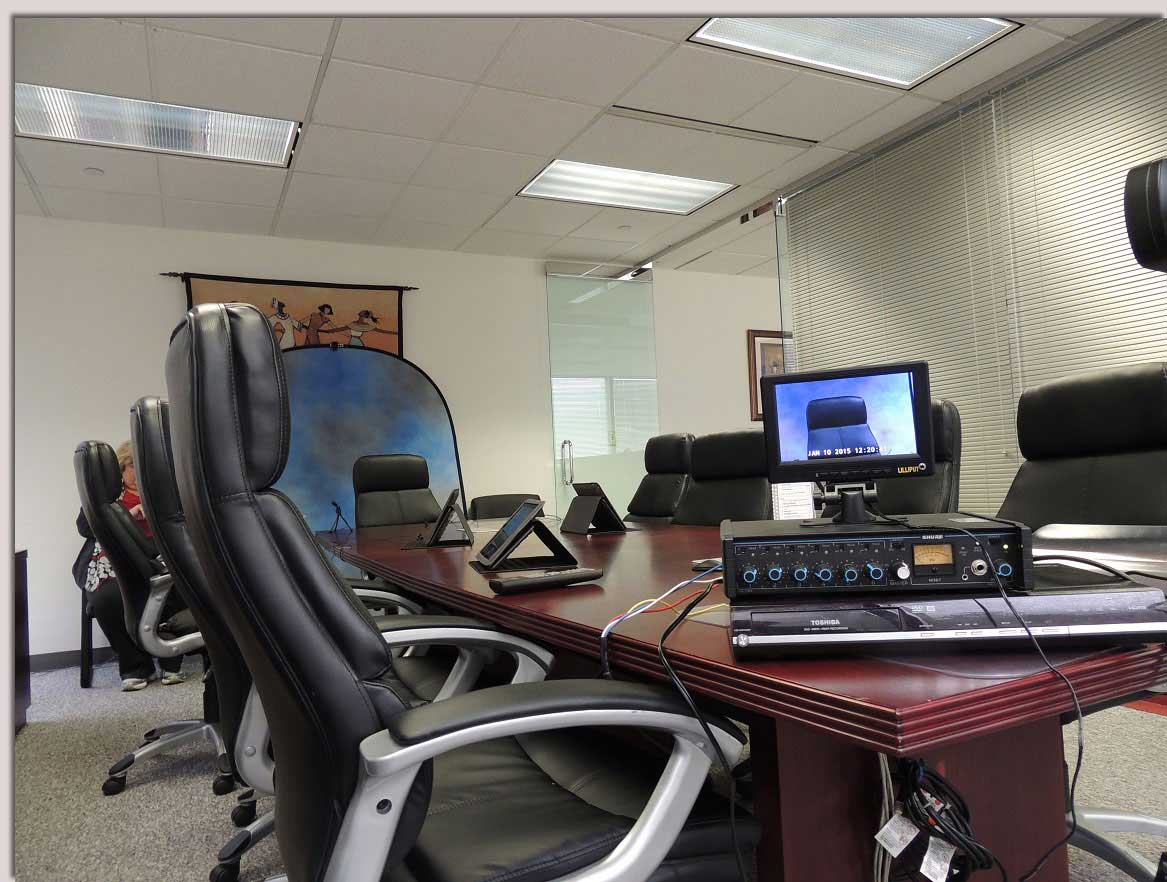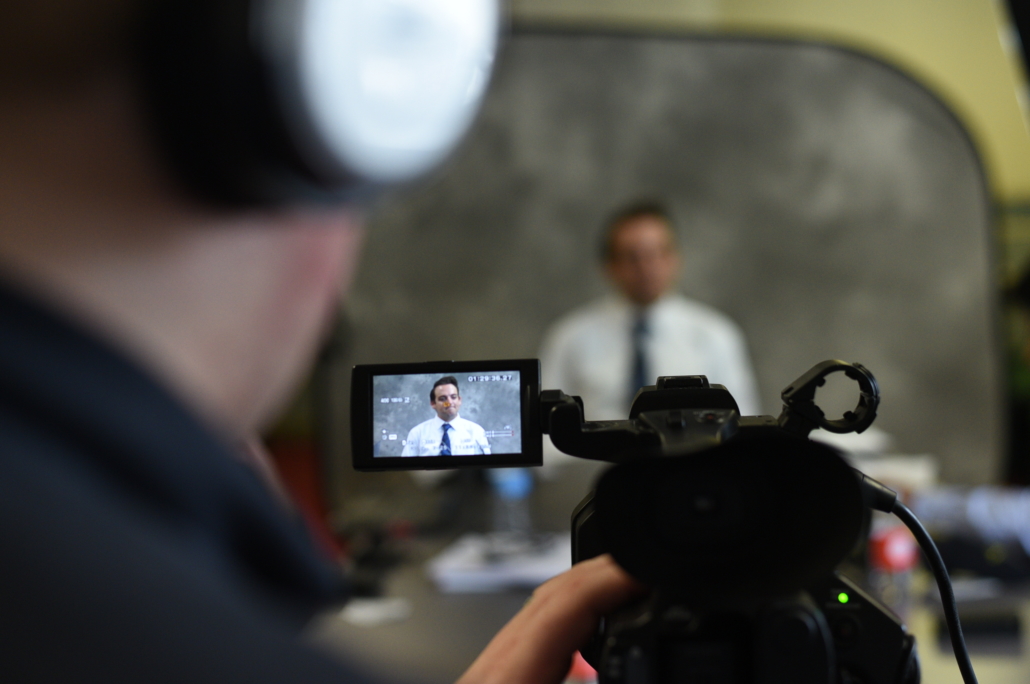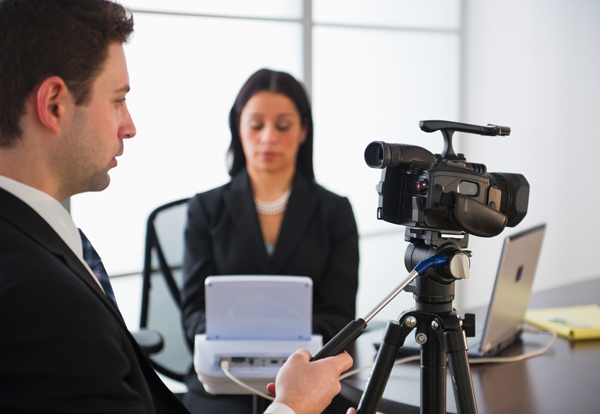Legal Videography: How to Enhance Courtroom Presentations
Legal Videography: How to Enhance Courtroom Presentations
Blog Article
Discovering the Function and Influence of Legal Videography in the Legal Area
Lawful videography has come to be an important device in the legal field, changing the way evidence is presented and maintained. From recording witness testimonies to documenting criminal activity scenes, the impact of legal videography is indisputable. Nonetheless, beyond its surface-level applications lies a deeper expedition of the objective and implications of integrating video clip modern technology into legal procedures. As we navigate through the elaborate web of guidelines and moral factors to consider bordering lawful videography, a more clear image emerges of its potential to shape the future of the legal landscape.
History of Lawful Videography
The advancement of lawful videography can be mapped back to the early days of court innovation assimilation. As courts started to identify the worth of aesthetic proof discussion, making use of videography in legal proceedings gained grip. In the 1980s, the intro of analog camera marked a significant landmark in the background of legal videography. These cameras permitted the recording of depositions, witness testaments, and court procedures, providing an aesthetic document that complemented traditional created records.
With the advancement of modern technology, the transition from analog to electronic video recording more transformed the area of legal videography. Digital electronic cameras used better recordings, simpler editing and enhancing abilities, and boosted storage alternatives. This shift not just enhanced the clearness and precision of visual proof but likewise streamlined the presentation of intricate information in court rooms.
Today, legal videography plays a critical role in the lawful area, providing lawyers a powerful tool for offering evidence, capturing testaments, and creating compelling aesthetic stories to support their situations. The advancement of legal videography continues to form the means legal experts come close to lawsuits and advocacy.
Benefits of Lawful Videography

Furthermore, legal videography permits the conservation of witness testimony in a powerful and authentic fashion. By recording the disposition and attitude of witnesses throughout their testaments, attorneys can better evaluate the integrity of their declarations and potentially uncover disparities or fallacies. This can be specifically valuable during cross-examination and in presenting evidence to support or refute essential disagreements in a situation.
Additionally, lawful videography uses the benefit of producing a long-term record that can be reviewed and examined any time. Attorneys can evaluate video footage to identify essential details, prepare for upcoming court proceedings, or reinforce their approaches for test. This capability to review and explore visual evidence can give lawyers with a calculated advantage in building a robust instance.
Methods for Efficient Legal Videography
Integrating efficient methods in legal videography is vital for optimizing the influence of aesthetic evidence and reinforcing the trustworthiness of witness statements in legal proceedings. Additionally, using high-quality sound devices is crucial to tape-record sound accurately, making certain that all spoken communication is captured distinctly. Framework plays a crucial role in legal videography; it is crucial to mount shots properly to focus on the pertinent aspects while reducing distractions.
Lawful Videography in Court Settings

In linked here courtroom setups, legal videographers must stick to stringent guidelines to keep the stability of the legal procedure. They need to be discreet to stay clear of interrupting proceedings while additionally being alert in capturing important details. The footage taped by legal videographers functions as an important source for judges, legal representatives, and juries, providing a visual document that can be referenced during instance preparation, charms, or reviews.

Ethical Factors To Consider in Legal Videography
Values work as a foundational structure guiding the method of lawful videography, ensuring stability and impartiality in catching and maintaining legal procedures. Lawful videographers have to adhere to stringent honest criteria to maintain the trustworthiness and integrity of their job. One essential honest factor to consider is getting informed permission from all celebrations entailed prior to recording any legal proceedings. This guarantees that individuals know being tape-recorded and have the possibility to reveal any kind of concerns or objections.
Discretion is an additional extremely important moral consideration in legal videography - LEGAL VIDEOGRAPHY. Videographers must handle all recorded video with miraculous like safeguard sensitive details and keep the privacy rights of those associated with the legal procedure. In addition, preserving objectivity and nonpartisanship throughout the recording process is vital to stay clear of prejudice and make sure an accurate depiction of the events
Conclusion
Finally, legal videography has ended up being a vital tool in the lawful field, giving an aesthetic record of occasions and enhancing the discussion of evidence in court rooms. By catching scenes, presentations, and testimonies, lawful videographers play an essential duty in guaranteeing a clear and reasonable legal procedure. With moral considerations and appropriate strategies, legal videography remains to have a significant influence on the lawful profession, shaping the means information is caught and offered in legal procedures.
Lawful videography has actually become a vital tool in the legal field, changing the way evidence is provided and maintained.Incorporating effective methods in lawful videography is essential for taking full advantage of the influence of aesthetic evidence and reinforcing the integrity of witness testaments in legal proceedings.Ethics serve as a foundational structure assisting the technique of lawful videography, ensuring integrity and impartiality in capturing and protecting legal procedures.In verdict, legal videography has actually become a necessary device in the lawful area, providing a visual record of events and enhancing the presentation of evidence in courtrooms. With proper techniques and ethical considerations, lawful videography proceeds to have a substantial effect on the lawful occupation, shaping the way information is great post to read recorded and offered in lawful procedures.
Report this page